First find the handle of the notepad window:
[DllImport("user32.dll", SetLastError = true)]
static extern IntPtr FindWindow(string lpClassName, string lpWindowName);
Just pass null for the first parameter and the caption ("Notepad"?) of the window as the second parameter.
An alternative would be to enumerate all windows and select the best match based on the caption:
using System.Runtime.InteropServices;
public delegate bool CallBackPtr(int hwnd, int lParam);
private CallBackPtr callBackPtr;
public class EnumReport
{
[DllImport("user32.dll")]
private static extern int EnumWindows(CallBackPtr callPtr, int lPar);
public static bool Report(int hwnd, int lParam)
{
Console.WriteLine("Window handle is "+hwnd);
return true;
}
}
static void Main()
{
// note in other situations, it is important to keep
// callBackPtr as a member variable so it doesnt GC while you're calling EnumWindows
callBackPtr = new CallBackPtr(EnumReport.Report);
EnumReport.EnumWindows(callBackPtr, 0);
}
Then attach a WndProc to it:
HwndSource src = HwndSource.FromHwnd(windowHandle);
src.AddHook(new HwndSourceHook(WndProc));
In the WndProc respond to the resizing and moving of the window.
I am not sure about setting the toolbar as a child of the notepad window; that might have unexpected effects when Notepad tries to manage it and order its z-depth.
At the same time I doubt this to be a good thing; the user will be able to type 'below' the overlay and lose his cursor/text.
